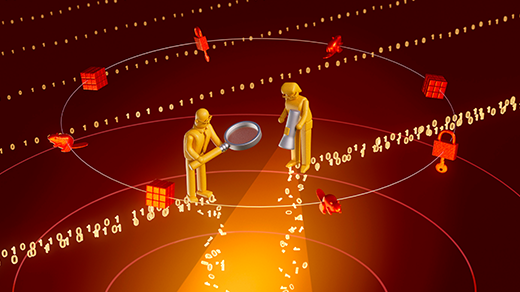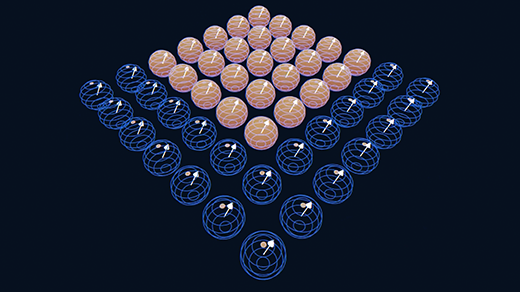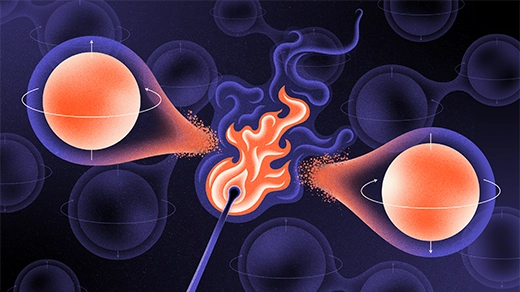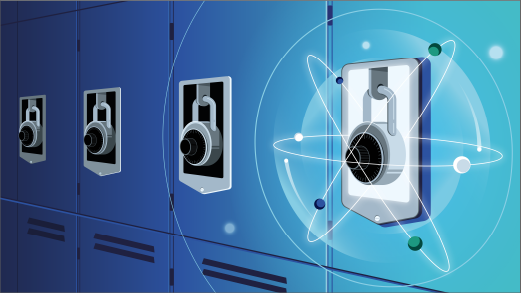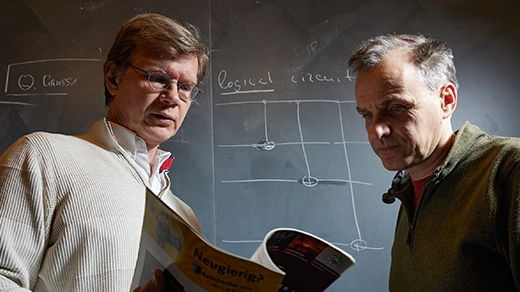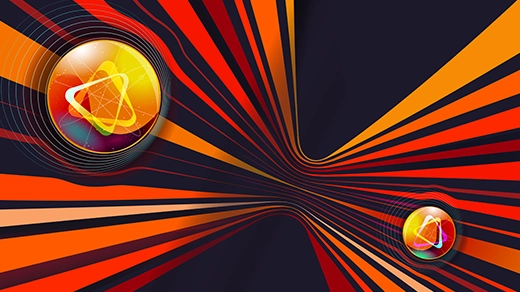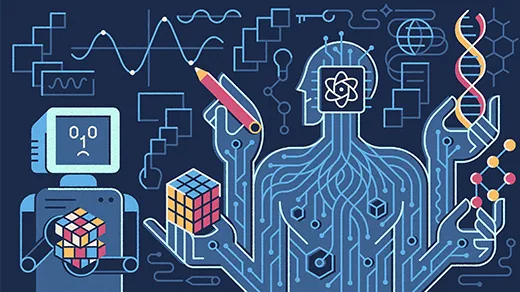What's up in
Quantum computing
Latest Articles
The Year in Computer Science
Researchers got a better look at the thoughts of chatbots, amateurs learned exactly how complicated simple systems can be, and quantum computers passed an essential milestone.
Quantum Computers Cross Critical Error Threshold
In a first, researchers have shown that adding more “qubits” to a quantum computer can make it more resilient. It’s an essential step on the long road to practical applications.
‘Quantum Memory’ Proves Exponentially Powerful
Researchers are exploring new ways that quantum computers will be able to reveal the secrets of complex quantum systems.
Computer Scientists Prove That Heat Destroys Quantum Entanglement
While devising a new quantum algorithm, four researchers accidentally established a hard limit on entanglement.
Cryptographers Discover a New Foundation for Quantum Secrecy
Researchers have proved that secure quantum encryption is possible in a world without hard problems.
The Best Qubits for Quantum Computing Might Just Be Atoms
In the search for the most scalable hardware to use for quantum computers, qubits made of individual atoms are having a breakout moment.
What Is Quantum Teleportation?
Teleporting people through space is still science fiction. But quantum teleportation is dramatically different and entirely real. In this episode, Janna Levin interviews the theoretical physicist John Preskill about teleporting bits and the promise of quantum technology.
Physicists Finally Find a Problem That Only Quantum Computers Can Do
Researchers have shown that a problem relating to the energy of a quantum system is easy for quantum computers but hard for classical ones.
A Quantum Trick Implied Eternal Stability. Now the Idea May Be Falling Apart.
A series of advances seemed to promise the impossible: the existence of quantum states that would never, ever fall into disarray. But physicists are now discovering that the pull of disorder may not be so easily overcome.
